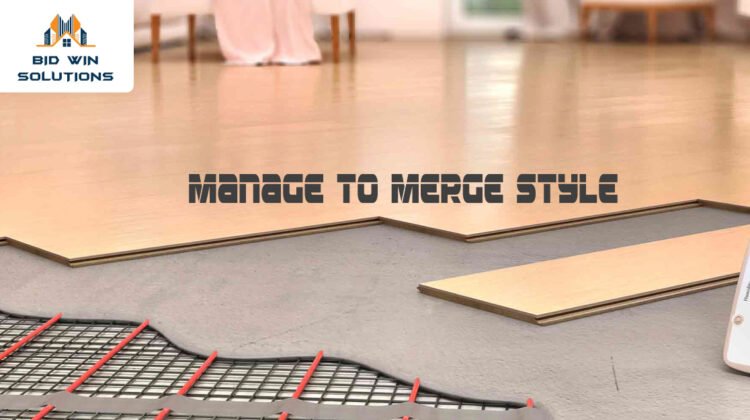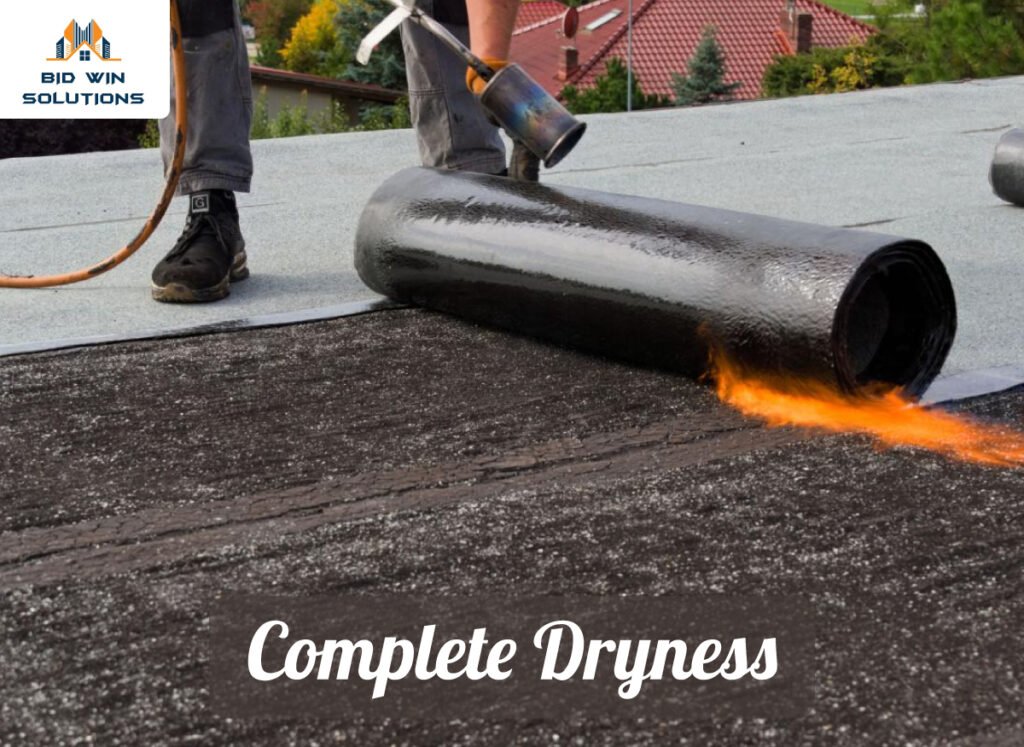
How to install Wet Room on Concrete Floor: A Step-by-Step Guide
How to install Wet Room on Concrete Floor: A Step-by-Step Guide
Wet rooms are one of those concepts which have taken hold of modern design in quite a voracious manner and manage to merge style and functionality seamlessly. For both homeowners and contractors, the allure of a wet room is not so much about aesthetic advantages but about practical applications.
Furthermore, it could be quite fiddly to fit a wet room with a concrete floor. It requires much detailed planning and execution. This article discusses in detail the sophisticated process of installing a wet room on a concrete floor to such an extent that it has shown, in great detail, the steps would have to undertake in wet room installation on concrete. How to install a wet room on concrete floor requires stepwise process and estimation of cost.
Before one installs the wet room, he needs to know what a wet room is. In simple terms, a wet room can be described as an open area intended for showering, completely tiled, and meant to be waterproof, usually fitted with a linear drain. The design allows the entire bathroom floor to double as a shower area, offering you an unencumbered space to move about in style.
With this in place, let’s have a closer look into step-by-step operations of running a wet room installation on a concrete substrate.
Step 1: Assessment and Planning
Before any physical work is done, an in-depth assessment is required. The concrete floor should be level, with no cracks or major imperfections. These may serve to give rise to poor pooling of water or problems relating to support later on.

Take the following into consideration as you make your assessment:
- Water Drainage: Decide where your drainage point is; consider any previous plumbing to figure out the best way to work out any gradients required.
- Water Supply Lines: Decide the best way to run the supply lines, based not only on where your showerheads are going to be but also on other possible fixtures.
- Design Layout: Visualize the wet room’s plan using a professional design tool or by manually drawing a scheme. Consider tile placement, fixture installation, and floor level continuity.
Step 2: Material Collection
Since you are now very sure about everything related to how to install wet room on concrete floor, it is now time to get all the materials. This involves some of the basic things in installing a wet room on concrete:

- Waterproof membrane: liquid or sheet membrane, including those specifically designed for wet room applications.
- Tiles: such as those suitable for use in a wet area, with regard for slip-resistance and water absorption
- Linear drain: allowing easy access for water to be removed.
- Screed mix: with appropriate capabilities of providing fall to the drain.
- Adhesive: flexible tile adhesive, compatible with tile and substrate.
- Tools: Standard tiling tools including mixer, notched trowel for applying adhesive, spirit level and applicators for waterproofing.
Step 3: Prepare the Floor
The life expectancy of your wet room is all about proper preparation. First, clean the concrete surface from dust, debris, and any remains of old adhesive that could interfere with bonding.
- Smoothing the Floor: If the concrete floor surface is uneven, then it must be treated with self-levelling compound for the purpose of flattening. This will create a good, even base for the waterproof membrane.
- Laying the Fall: Work with your screed mix to create a slope in the direction of your linear drain. The fall shall be between 1:40 to 1:60 and is regarded as efficient for water to take a drain path.
Step 4: Waterproofing Membrane

Allow the screed to dry out completely, which may take any time between 24 to 48 hours. No doubt, installation of wet room is a time consuming process. So, after complete dryness of the screed you can apply the waterproofing membrane.
- Application of the Membrane: Apply liquid membranes continuously with a roller or a brush throughout, while sheet membranes have to be done in accordance with the manufacturer’s instructions for secure applications.
- Corners and Joints Sealing: Every corner, every joint, and all protrusions are to be sealed accordingly to ensure no chance of leakage whatsoever.
Step 5: Wet Room Tiling
After the installation of the membrane, tiling can now be installed.
- Planning the Layout: Lay the tiles up without adhesive to make sure that the design works well and make adjustments prior to using adhesives.
- Application of Tiling: Apply adhesives to the concrete with a notched trowel. Firmly press tiles, leaving space for grouting while following the slope directed at the drain.
- Grouting: Apply suitable grout between tiles for a waterproof finish once the tile adhesive is completely cured-dried, usually after 24 hours. One can give more integrity to one’s wet room by using a waterproof grout.
Step 6: Finishing Touches
After grouting, let it dry sufficiently. You can then mount the finishing fixtures: shower heads, taps, and lights.
- Seal Edges: Apply silicone sealant along the edges where the tiles meet the wall or other fixtures for a waterproof barrier.
- Installation Test: Do an installation test by running water to see whether the drainage system works perfectly and that there are no leaks.

Final Verdict
This, therefore, makes setting up a wet room on a concrete floor one of the ambitious tasks with rewarding results. Closely following the steps herein highlighted and observing minute details in preparation and execution will be where one gets guaranteed to achieve this modern form of bathing space. However, a correct estimation of material is also essential. Furthermore, knowing how to install a wet room on a concrete floor opens doors to quite an important part of the aesthetic appeal and functionality in modern bathroom design, from careful assessment and planning down to finishing touches. And for any big home improvement, if in doubt, it’s worth consulting the pros, who will bring in valuable insight to further hone your wet room installation experience.









